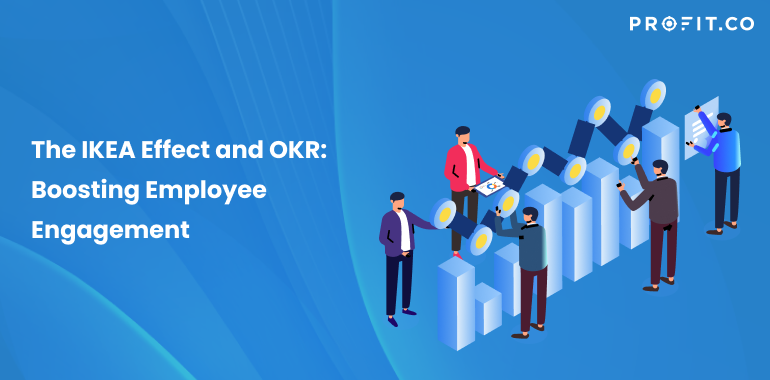More and more, employee engagement has come to be considered one of the most important pillars of successful corporate strategy. According to the 2018 SHRM/Globoforce Employee Recognition Report, leaders are using human-centered approaches to resolve retention, recruitment, and culture management challenges. This large-scale acknowledgement of the importance of employee engagement has led to an increase in the number of workers who identify themselves as engaged with their work. Gallup has been measuring and reporting the national figure for employee engagement since 2000, and currently, it’s at an all-time high of 34% in the United States.
Though this figure is promising, a whopping 53% of all American workers still remain unengaged, feeling unattached from their work and their workplace. There are a myriad of reasons these employees could feel unengaged. Their motivation for working may rest solely on personal gain, or perhaps they feel aimless, burnt out, or even bored. In studies conducted by the Queens School of Business and the Gallup Organization, disengaged workers had 37% higher absenteeism, 49% more accidents, and 60% more errors. In organizations with low employee engagement scores, they experienced 18% less productivity, 16% less profitability, 37% less job growth, and 65% less share price over time than organizations with higher employee engagement scores.

Thankfully, a cure for low employee engagement exists. Michael I. Norton of Harvard Business School, Daniel Mochon of Yale, and Dan Ariely of Duke conducted a series of experiments to investigate something called the IKEA effect. The IKEA effect is a cognitive bias in which people place more value on things they make themselves. In this study, participants were split into two groups: builders and non-builders. After each experiment, the researchers held an auction for each self-made product. In the auction, people were willing to pay 63% more for products – be it IKEA furniture, lego toys, or origami creatures – if they were the one to successfully build them.
The IKEA Effect reveals our human tendency to love the things we create or contribute to. This behavioral economics principle has broad implications for businesses.
We can use the IKEA effect to our advantage as managers. Making tasks too easy– or too mechanical– can stifle engagement, producing apathy or a sense of purposelessness. To avoid this, leaders should invest in creating a positive company culture in which employees feel comfortable putting forth new ideas, brainstorming, and being involved in the process of creating and reaching goals. Prioritizing employee involvement can induce the IKEA effect and can transform the way your employees feel about their work.

An important component of including employees is setting transparent goals from the bottom of the company, up. Goal-setting should be a collaborative and ongoing process of measuring, tracking, and aligning employee efforts to company objectives. However, according to Deloitte, a leading management consulting firm, only 51% of companies attempt to develop aligned goals, and, among these, only 6% regularly revisit them. Moreover, Harvard Business Review (HBR) conducted a 9-year study that included more than 40 experiments and surveyed 8,000 managers in more than 250 companies. HBR researchers found that less than ⅓ of senior executives and 16% of frontline employees truly understood how strategic objectives connect with corporate priorities.
To avoid these problems, firms should adopt a system that helps everyone clearly define and track objectives as well as key performance indicators. Bruce Gil notes that cascading goals from the top-down aligns teams, however over-alignment can lead back to the stifling of creativity and individual motivation. Organizations need to find a balance between collective commitment and creative freedom. This is where bottom-up OKRs come in.

OKR culture embraces collaborative goal setting from the bottom-up. No two employees are alike. That is, everyone has different work styles, expectations, and values. Employee engagement is a highly personal process, and needs to be recognized and addressed as such. Organizations that rely on broad, top-down engagement strategies are in danger of a complete lack of employee engagement. However, in utilizing OKRs, individuals are encouraged to create their own personal objectives and key results which align with team, department, and company goals.

When you encourage this bottom-up process, you can see the IKEA effect at play. When employees set their own goals that align with top level goals, they value them even more than those objectives that are passed down to them. If employees can contribute to their company’s goals in tangible ways, they will hold their own work in higher regard, causing them to perform better and positively influence their peers and coworkers.
